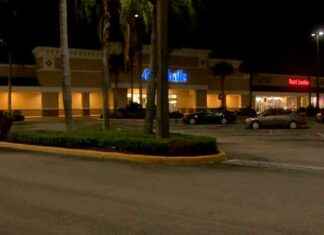Spain does not rule out, now, being part of the European anti-missile shield. After yesterday fourteen European NATO countries -among which Spain is not found- initialed their intentions to develop the project led by Germany, this Friday the Defense Minister, Margarita Robles, has assured that the initiative will be studied when it has more consistency. And in the case of “being good for Europe”, “we will not refuse”.
In an interview on the Cope network, the Minister of Defense specified that what was signed yesterday at the meeting of the European ministers of the Atlantic Alliance includes the will of the countries closest to Russia, in addition to Finland. Spain, together with France and Italy, understands that with NATO’s long-range anti-missile shield – whose fundamental pillar is in Rota (Cádiz) – “it is enough”.
Spain agreed with the United States, in the hours prior to the Atlantic Alliance Summit held last June in Madrid, to expand the Rota base, where the number of destroyers will increase from four to six, in the coming years. In a recent interview granted by Robles to La Vanguardia, the minister assured that the negotiations to expand the Rota base will not begin, at least, until the middle of next year. Therefore, the two new destroyers are not likely to arrive before 2024.
Despite acknowledging the concern that exists over the nuclear threats launched by Putin, the minister has asked for caution – before Cope’s microphones – so as not to generate unnecessary alarm. In this escalation of tension, and in the face of the latest indiscriminate bombings carried out by Russia against Ukrainian towns and cities, NATO yesterday asked to speed up aid for Ukraine’s air defense.
Thus, the Secretary General of the Alliance, Jens Stoltenberg, Spain will send Ukraine four Hawk missile launchers – with a range of 40 kilometers – to improve its anti-aircraft defense against Russian attacks. The missile system that Spain will deliver is American-made and is part of the Army’s artillery. The first phase of this system was received in the 60s and 70s, so it has more than half a century of life. There are two groups of these missiles in San Roque (Cádiz) and El Copero (Seville).








